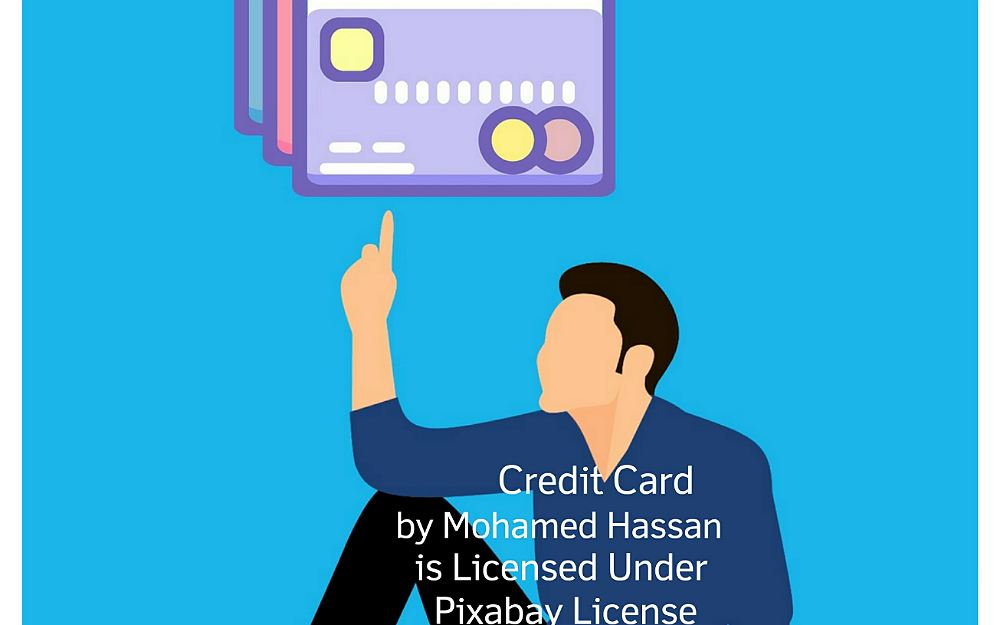Once you know how to read a credit report, you’ll have a better sense of what to look for:

You have a different credit report at each of the 3 national credit bureaus: TransUnion, Experian and Equifax. Each bureau’s report may have information from different sources reported at different times. If this sounds overwhelming, don’t worry. Once you know how to read a credit report, you’ll get a good idea of the categories of information all credit reports show. You’ll also have a better sense of what to look for. So let’s jump right in.
Personal Information
Each of your 3 credit bureau reports shows basic identifying information like: name, current and past addresses, date of birth and employer. There’s also a space for a consumer statement, a place where you can explain certain parts of your credit report.
Look for:
- Inaccurate information: Sometimes you’ll see your name or address spelled in different ways because whoever reported your information had it that way in their records.
- Unfamiliar addresses: This could be a sign someone is using (or is trying to use) your information fraudulently.
Inquiries
This section lists creditors who’ve asked to see your credit report. When you apply for credit—a mortgage, credit cards, car loans and all sorts of other kinds of financing—the company considering giving you that credit will almost always pull your credit report to evaluate whether giving you the credit is worth the risk. This request is called a credit inquiry.
The reports you see show “hard” and “soft” inquiries. Hard inquiries are those that happen when you apply for credit cards or other types of loans and they stay on your report for 2 years. “Soft” inquiries, which aren’t listed on the reports creditors see, come from companies making you credit offers.
Look for:
- How many inquiries are listed: This is a good way to pay attention to how often you’re applying for credit. Too many hard inquiries may be viewed by creditors as a negative.
- Unfamiliar inquiries: If you see any of these, investigate them immediately. You may have just forgotten about a credit application you made last year, but it also may be a sign a criminal has applied for credit in your name. Better to double check now than be sorry later.
Accounts
This area of the credit report lists all your accounts, open and closed, active and paid, individual and joint. For each account, you’ll see information on:
The loan/credit itself
The creditor (including contact info)
Balance
Account status
Monthly payment history
Whether or not you paid on time
Look for:
Unfamiliar accounts
If you see an account you don’t recognize, follow up with the creditor to verify it. It may be a sign someone has fraudulently opened an account in your name.
Negative information
Look for any late payments or accounts in collections. By law, the credit bureaus must remove most kinds of negative information from your report 7 years after the information first appeared on the report.
Public records
If you have court judgments against you, they will be listed along with the settlement amount and the date the record will be expunged. This section also may show information about tax liens and bankruptcies.
Look for any listings, whatsoever
Public records showing up on any of your 3 credit bureau reports can seriously impact your credit. If there is anything listed in this section, make sure it’s accurate. If it isn’t, dispute it with the credit bureau as soon as possible.
Take the next step: protect your credit and start saving money.
This Article Was First Published in True Credit
This article was first published on True Credit
You know Independent Journalism needs fund to run the not for profit venture Please contribute if you like our effort Donate through PayPal Or paytm +919903783187 phone pe +919875416249 Google Pay +919875416249 or write to us editor@crimeandmoreworld.com










